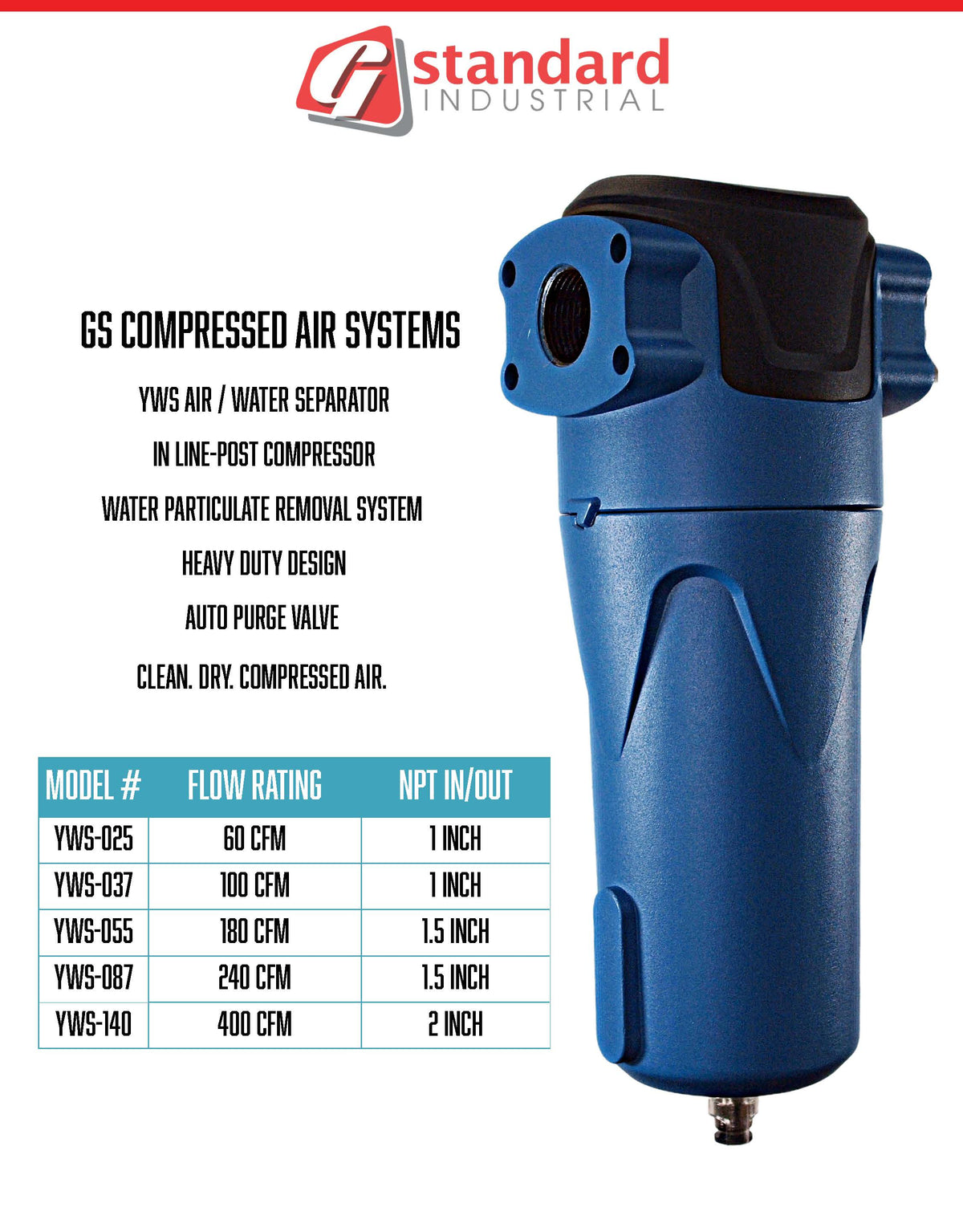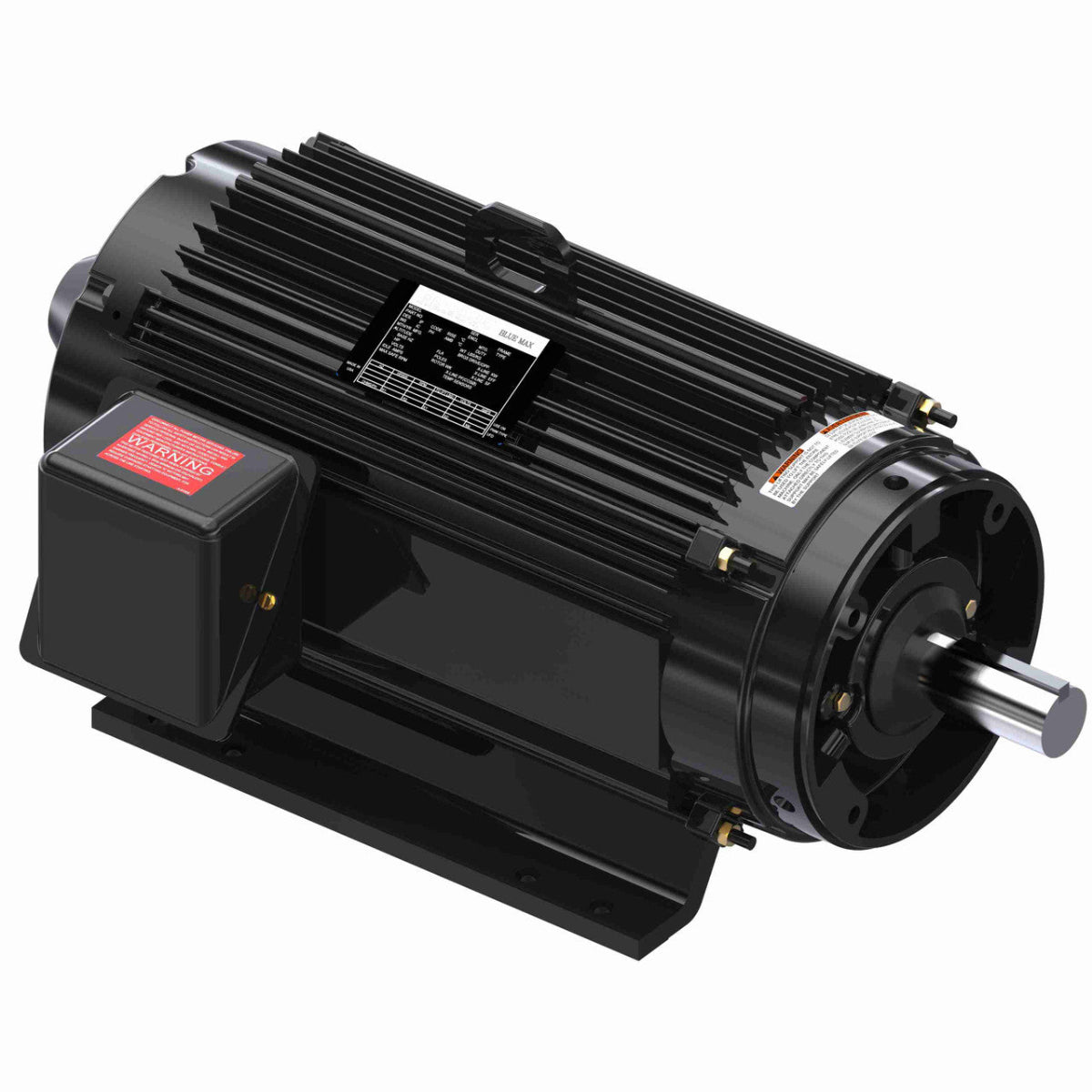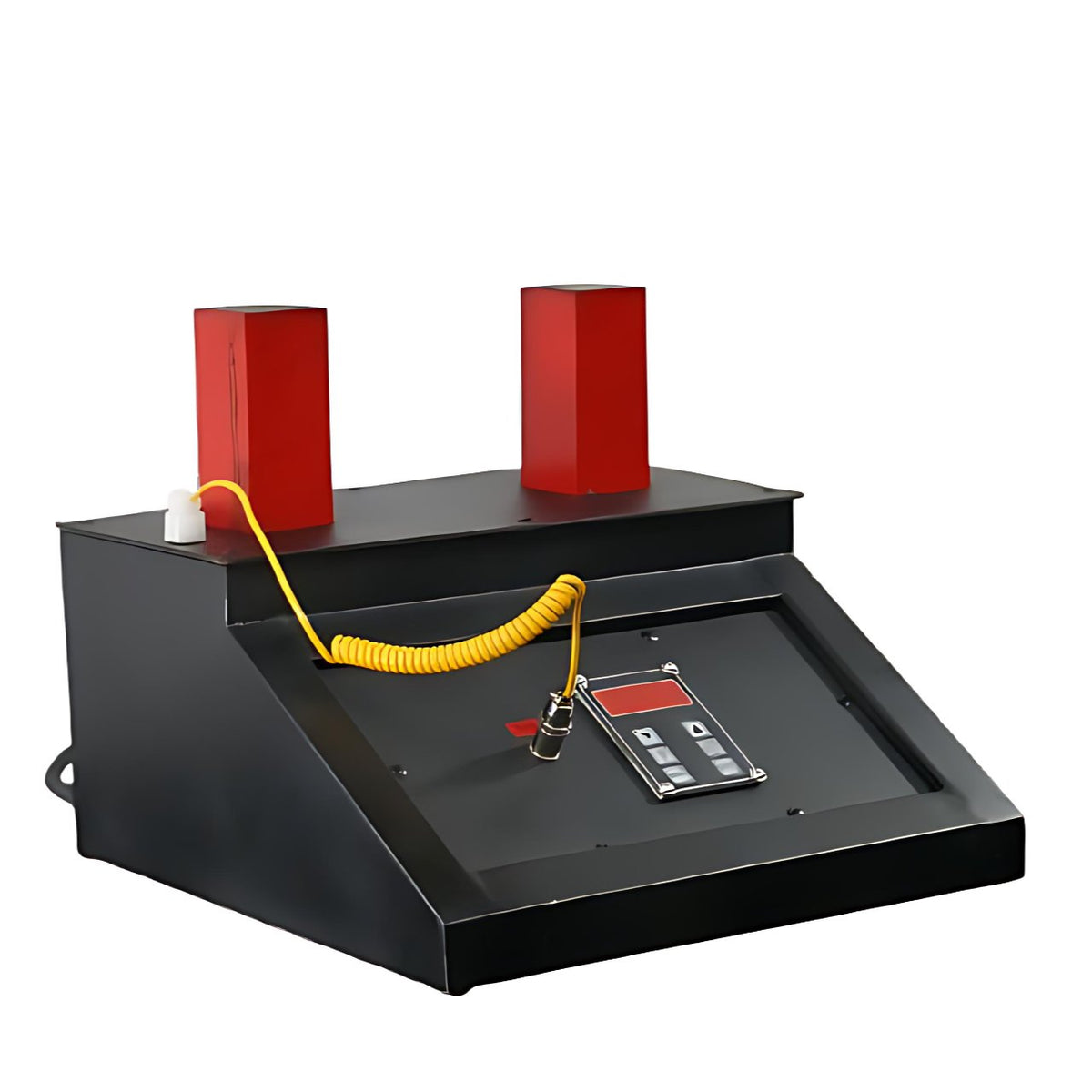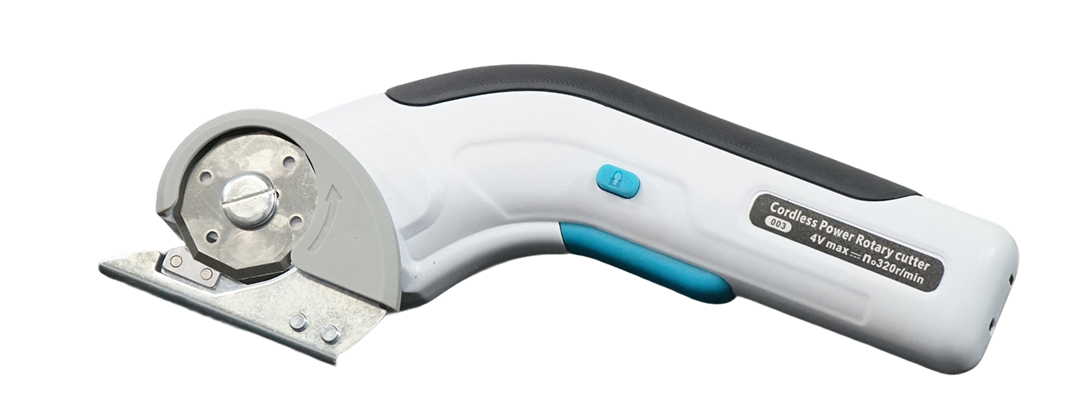Author: Noah Gilbertson
Presented by: G Standard Industrial
Even well-maintained rotary screw air compressors can experience issues. Effective troubleshooting involves a systematic approach to identify the root cause, not just address the symptom. This guide covers common problems, their potential causes, and corrective actions. Always refer to the manufacturer's manual and ensure the system is depressurized and electrically isolated before performing any work.
Problem 1: Failure to Start or Load
-
Symptoms: Compressor does nothing when started, or starts but does not begin compressing air (motor runs but no pressure builds).
-
Potential Causes & Actions:
-
Power Supply Issue: Check main disconnect, fuses, and circuit breakers. Verify voltage at the compressor disconnect.
-
Control Pressure Switch Fault: Test the pressure switch for proper operation. If faulty, replace.
-
Motor Starter/Contactor Fault: Inspect contacts for pitting or failure. Check coils.
-
Emergency Stop Activated: Check all E-stop buttons are released.
-
Motor Overload Tripped: Reset overload and investigate cause (e.g., low voltage, mechanical binding).
-
Problem 2: Excessive Noise or Vibration
-
Symptoms: Unusual knocking, rattling, or grinding sounds; excessive physical vibration.
-
Potential Causes & Actions:
-
Loose Pulleys or Couplings: Tighten all bolts and set screws on drive components.
-
Worn Motor or Compressor Bearings: A high-pitched whine or rumble often indicates failing bearings. This requires immediate professional service from G Standard Industrial to prevent catastrophic damage.
-
Misalignment (Belt-Driven Units): Check and correct alignment between motor and compressor pulleys.
-
Loose Mounting Bolts: Tighten all foundation and skid bolts.
-
Problem 3: High Operating Temperature
-
Symptoms: Compressor shuts down on high temperature alarm; oil appears overly dark or degraded.
-
Potential Causes & Actions:
-
Dirty Oil Cooler: Clean external fins of air-cooled oil cooler. For water-cooled, check for scaling and ensure water flow is adequate.
-
Low Oil Level: Check and top up oil to the proper level with the manufacturer-recommended type.
-
Clogged Oil Filter: A restricted filter reduces oil flow, leading to overheating. Replace the oil filter.
-
Faulty Thermostatic Valve: The valve that directs oil to the cooler may be stuck closed. Test and replace if necessary.
-
Environment Too Hot: Ensure the compressor room has adequate ventilation.
-
Problem 4: Excessive Oil Carry-Over
-
Symptoms: Oil in air lines, downstream filters, or tools; rapid consumption of oil.
-
Potential Causes & Actions:
-
Clogged or Failed Air/Oil Separator: This is the most common cause. The separator element has a finite life and must be replaced at recommended intervals.
-
Oil Level Too High: Overfilling the compressor can force oil into the separation system. Drain oil to the correct level.
-
Incorrect Oil Viscosity: Using the wrong oil can hinder proper separation. Always use oil specified by the manufacturer.
-
Damaged or Stuck Minimum Pressure Valve: This valve maintains pressure in the oil reservoir. If it's stuck open, low pressure can prevent proper separation.
-
Problem 5: Low Pressure/Inadequate Performance
-
Symptoms: System pressure cannot reach setpoint; compressor runs continuously.
-
Potential Causes & Actions:
-
Air Leaks in the System: This is the most frequent cause. See the next article for leak detection and prevention.
-
Clogged Air Intake Filter: A dirty filter starves the compressor of air. Replace the filter.
-
Worn Rotors: Over a very long period, rotors can wear, reducing compression efficiency. This requires a major overhaul.
-
Faulty Inlet Valve / Unloader: The valve that controls air intake may not be opening fully. Inspect and service the inlet valve assembly.
-
When in doubt, or for major mechanical issues, always contact a qualified service technician. G Standard Industrial provides expert troubleshooting and repair services to minimize downtime and ensure your compressor is restored to its optimal operating condition.
Sources for this Article:
-
Atlas Copco. (n.d.). Compressor Troubleshooting Guide. Technical Documentation. Retrieved from https://www.atlascopco.com/en-us/compressors
-
Kaeser Compressors. (n.d.). Service and Maintenance Manuals. Technical Documentation. Retrieved from https://www.kaeser.com/
-
U.S. Department of Energy. (2004). Sourcebook for Industry. "Appendix A: Troubleshooting Guide." Retrieved from https://www.energy.gov/eere/amo/downloads/improving-compressed-air-system-performance-sourcebook-industry




0 comments